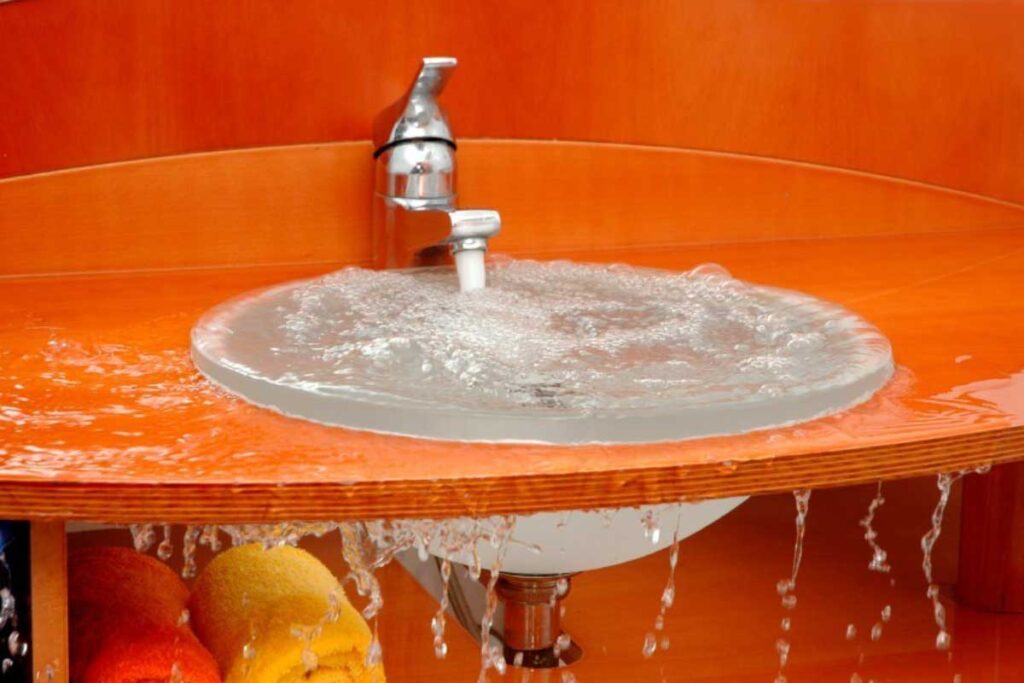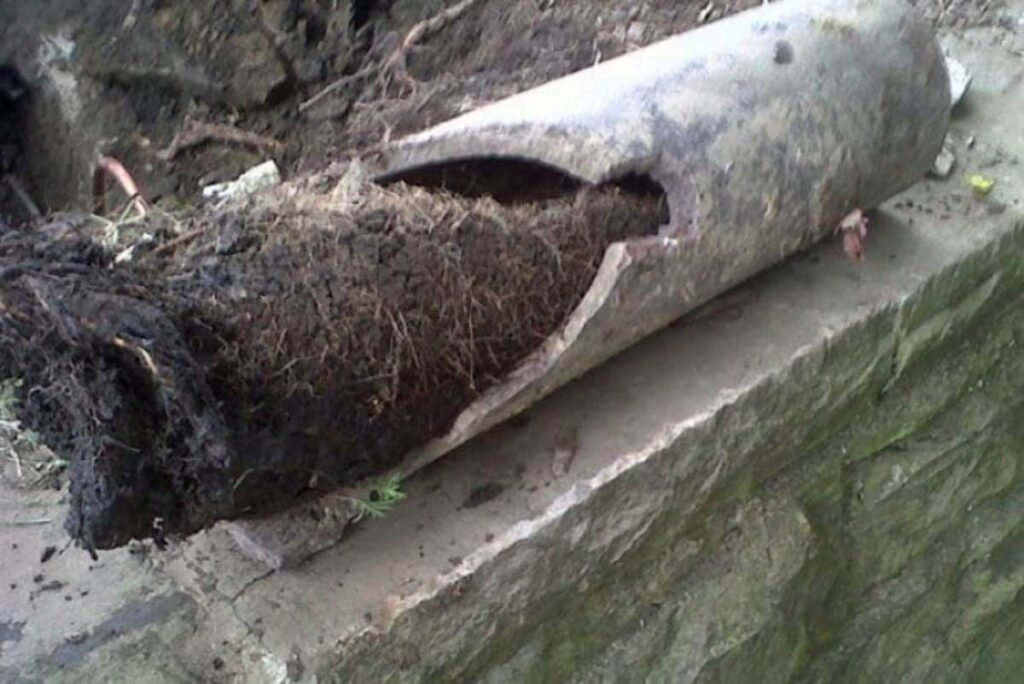How to Recognize a Clog: Sewer Drain Maintenance Tips

When a clog develops in your sewer line, it can cause filthy sewage to back up from your drains into your home and landscaping. This can cause extensive damage to your flooring, walls, appliances, and yard. Not to mention the costs of addressing the clog, the damaged plumbing, and the possible cost of a hazardous waste clean-up company. A simple way to avoid this is to identify sewer line clogs before they become an issue. But to effectively do that you must first know what causes them.
Each house on your street has a plumbing line that carries waste from toilets, dishwashers, sinks, and showers to the main sewer underneath the street. It’s called the mainline or sewer lateral. Just like any other pipes or plumbing fixtures, it can become clogged or damaged. Unfortunately, because it’s underground, clogs are more difficult to detect.
One of the easier ways to identify a clogged sewer line is the speed at which your fixtures and appliances are draining. A clog in the mainline will cause all of them to drain slowly or not at all. Other signs to watch for include sour smells, “Gurgle” noises, or your shower backing up after using the toilet. If your sewer line has developed a clog, there’s a good chance it came from somewhere inside your house. Blockages can develop gradually or suddenly, blocking the water in the line and causing potentially damaging backups.
- Common clogging hazards include:
- Bathroom waste
- Food and kitchen debris
- Excessive grease poured down the drain
- Tree Roots
- And much more.

large trees and shrubs in your yard will seek out water sources underneath the soil to survive during dry seasons. The nearest water source is often your sewer line, especially if it’s close to a tree or shrub. It takes time, but eventually, roots can penetrate the sewer line and cause blockage or severe damage. This issue is more prevalent in older homes with outdated pipes.
Cracked, collapsed, or damaged sewer lines can exhibit symptoms similar to those of a blocked sewer line, resulting in backups and flooding in your yard or basement. The damage can be caused by ground shifting during an earthquake, poor ground support, or natural wear and tear to an older sewer line made from cast iron or clay, or Orangeburg.
However, a clogged sewer line doesn’t always come from your home’s plumbing. City sanitary mains can become clogged and produce the same results as a clog in your line, including drains backing up and flooding on your property. Though these blockages are often detected prior to becoming an issue, they do occur on occasion.
Another hazard is rain and flooding. Sewers can withstand only so much rain before they can no longer function properly, and the water goes elsewhere. When this occurs, the excess water often makes its way into residential sewer lines, which can cause clogs and sewage backup.
If you suspect your sewer line is clogged or damaged, it’s best to contact a certified professional to have the lines serviced and repaired before any extensive harm is done to your home.
